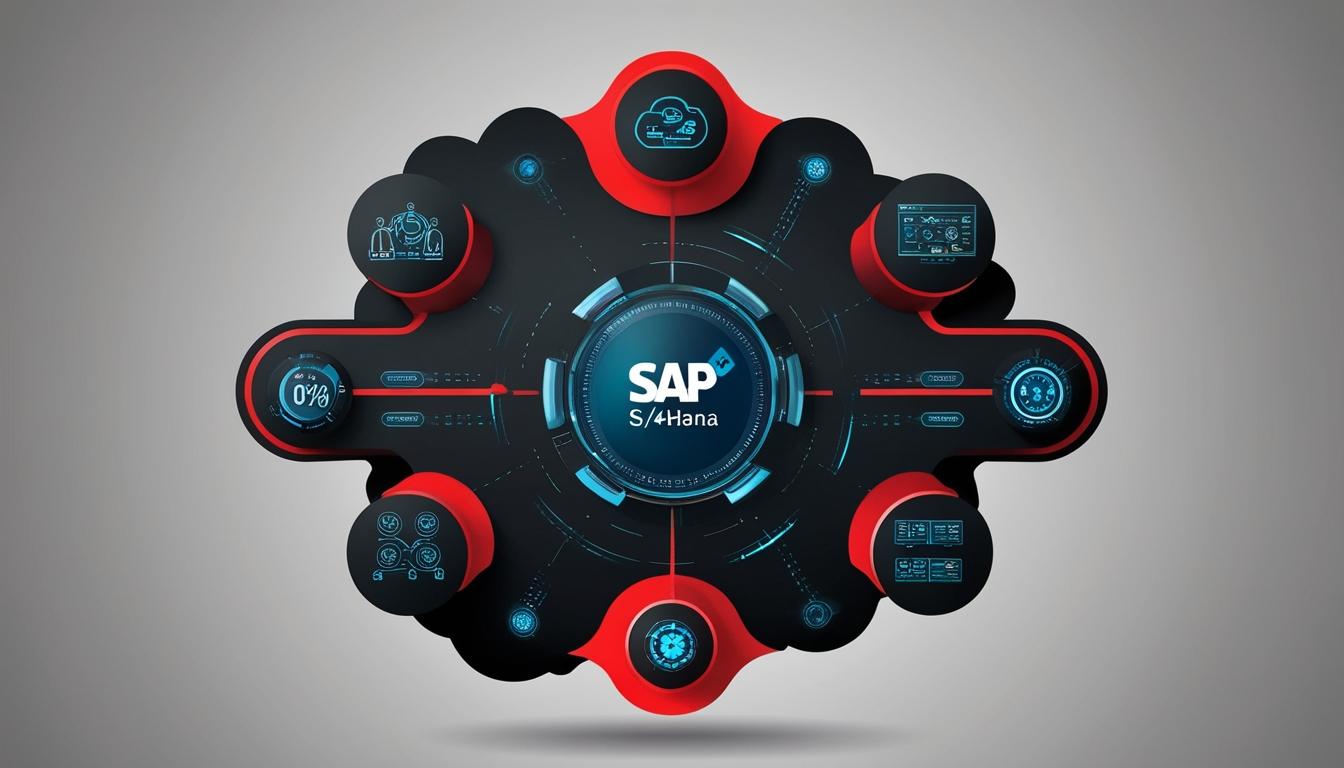In the evolving landscape of enterprise resource planning (ERP), businesses are increasingly prioritising the adoption of processes tailored to their specific needs, as reflected in recent insights from a discussion facilitated by ERP Today and NTT DATA Business Solutions. This shift in mindset is particularly evident among users of cloud-based ERP solutions such as SAP S/4HANA, which are designed to align with business requirements rather than merely adapting existing systems.
A notable case highlighted during the discussion was that of Amber Infrastructure (Amber), a company specialising in international infrastructure for both public and private sectors. Over the past 12 years, Amber has witnessed significant growth, expanding its workforce from 50 to around 200 employees and operating across 16 to 17 countries. This rapid expansion has necessitated a transformation in its finance function, particularly in the context of managing a complex structure of 550 legal entities and conducting foreign exchange transactions in approximately 20 different currencies.
Amber's previous on-premise ERP system began to reveal its limitations, particularly following conversations with finance function representatives who noted that valuable personnel were encumbered by repetitive and mundane tasks that could be automated. In recognition of these challenges and with a view to future growth, the company selected SAP S/4HANA to enhance its finance capabilities and streamline operations. NTT Data Business Solutions was chosen as the implementation partner for this critical transition.
To initiate the process, SAP provided a digital discovery assessment (DDA) to better understand Amber's specific business requirements and desired outcomes from the system. This cloud-based tool enabled NTT Data Business Solutions to engage deeply with Amber's needs, establishing a foundation for the migration process. The DDA process defined the system landscape, integrations, processes, and capabilities necessary for the cloud solution, effectively templated according to industry standards. This preparation allowed Amber to move swiftly through the initial migration stages and deliver an effective solution in a timely manner.
The DDA's scope was seamlessly integrated into Amber's test environment through the automated features of the SAP Cloud Application Lifecycle Manager tool, resulting in an expedited testing phase. User adoption was further facilitated with bite-sized instructional videos tailored for ease of understanding.
The transition to SAP S/4HANA has brought a multitude of advantages for Amber. Key among these is the incorporation of best practice business processes that are pre-configured within the cloud solution, streamlining the organisation's operational and digital transformation journey. Continuous innovation is a hallmark of S/4HANA, with SAP rolling out new versions biannually, ensuring users have access to the latest features and improvements.
Additionally, the scalability and security of the S/4HANA solution enable Amber to begin its operation with a core set of functionalities and expand over time as new features become available. Integration capabilities are bolstered through numerous APIs and connections, allowing the ERP system to seamlessly interface with other elements of the organisational landscape.
The incorporation of artificial intelligence in SAP's cloud offering represents a significant advancement, with features such as Robotic Process Automation (RPA), predictive analysis, and machine learning being utilised to refine processes and generate predictive scenarios. These tools enable organisations to enhance forecasting and make informed decisions based on historical data trends. The introduction of SAP's Gen AI co-pilot, Joule, further aids users by automating tasks such as data summarisation, report generation, and process execution based on user queries.
As businesses continue to adapt to the rapidly changing environment of AI automation and cloud technology, the experiences of organisations such as Amber Infrastructure will likely serve as a blueprint for future implementations, highlighting the benefits of aligning ERP systems with specific business needs and fostering a culture of innovation.
Source: Noah Wire Services
